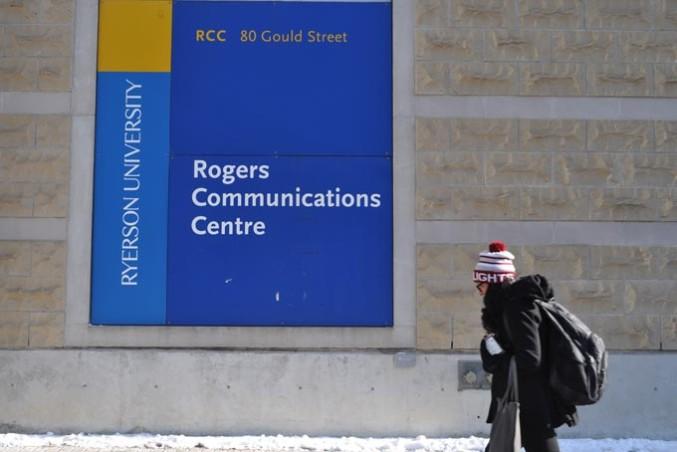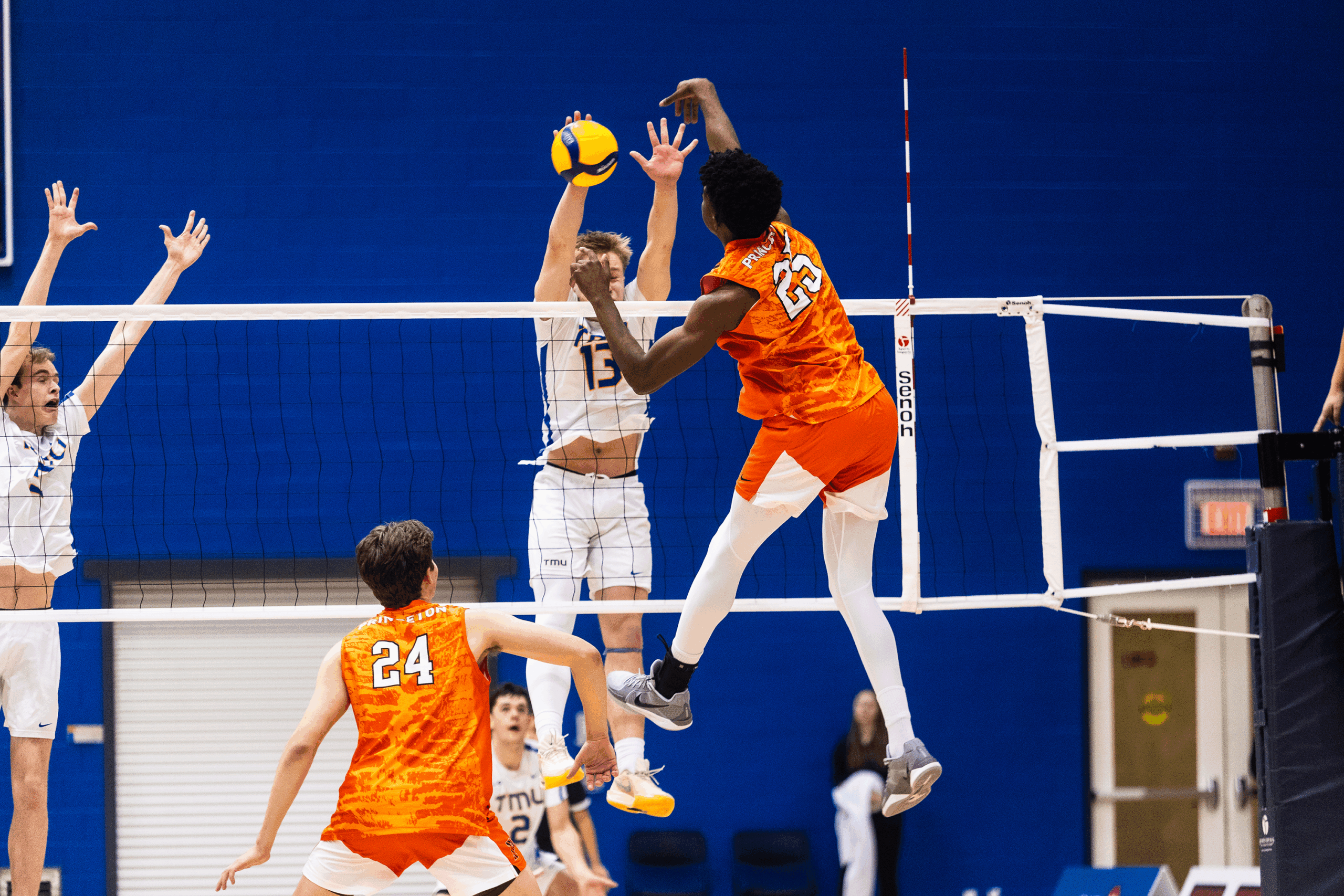By Karoun Chahinian
There’s an injustice in terms of the amount and kind of coverage indigenous people are experiencing, said CBC journalist Connie Walker during a Ryerson Journalism Research Centre panel discussion on Feb. 4. The discussion focused on the lack of proper media coverage of indigenous citizens in Canada.
“Often news focuses on the really depressing stories,” said Walker, the lead reporter for CBC Aboriginal and a Cree from the Okanese First Nation in Saskatchewan. “We want to provide a better context to some of these stories and increase the amount of indigenous voices that make it on mainstream media and hopefully provide a better understanding of the aboriginal communities.”
Alongside Walker, other speakers on the panel included Delaney Windigo, a video journalist from Aboriginal Peoples Television Network (APTN) and a member of the Muskowekwan First Nation in Saskatchewan, and Kyle Edwards, a second-year journalism student at Ryerson who grew up in Lake Manitoba First Nation.
The panelists agreed that there is a lack of positive indigenous representation in mainstream media. In the cases where the stories are publicized, they are often misrepresented due to lack of context and research, they said.
“We need to do better jobs at explaining these things are happening and providing better historical context and understanding to these issues,” said Windigo. “I love journalism in general, but the reason I wanted to work for APTN was because I felt that stories about indigenous people were not being covered enough.”
Edwards is originally from Lake Manitoba and left at the age of 15. He said his aspiration to be a journalist developed after noticing the lack of media representation of indigenous issues in his own community and other aboriginal reserves.
“It’s almost disheartening because you think, ‘Oh, is that all there is to indigenous people?’” said
Edwards about the narrow representation of the Aboriginal people in the media. “There’s this whole history that people seem to be unaware of. What you see in the media doesn’t necessarily represent that, there’s always that idea of rectifying conflict.”
Along with the lack of proper representation of Aboriginal people in mainstream media, Walker said that there is also a whitewashed culture within the newsrooms. She described one instance at CBC when a young Aboriginal girl went missing near her hometown in Saskatchewan and a “blonde haired, blue-eyed” girl from Toronto was missing during the same week.
“I remember pitching this story to my executive producer at the time and having her say, ‘Oh God, this isn’t another poor Indian story is it?’” said Walker. “The girl from Toronto was on the cover of every newspaper for days and weeks. Nobody knew the name of the girl that I knew from Saskatchewan.”
Although the lack of media coverage of indigenous events in Canada is a large issue, the situation is gradually improving through the rising number of aboriginal publications and news sources, Windigo said.
“People are starting to realize that indigenous issues are important and we do need to be covering them more,” said Windigo. “The fact that we’re here sitting on this panel today is a great example of that.”











Leave a Reply